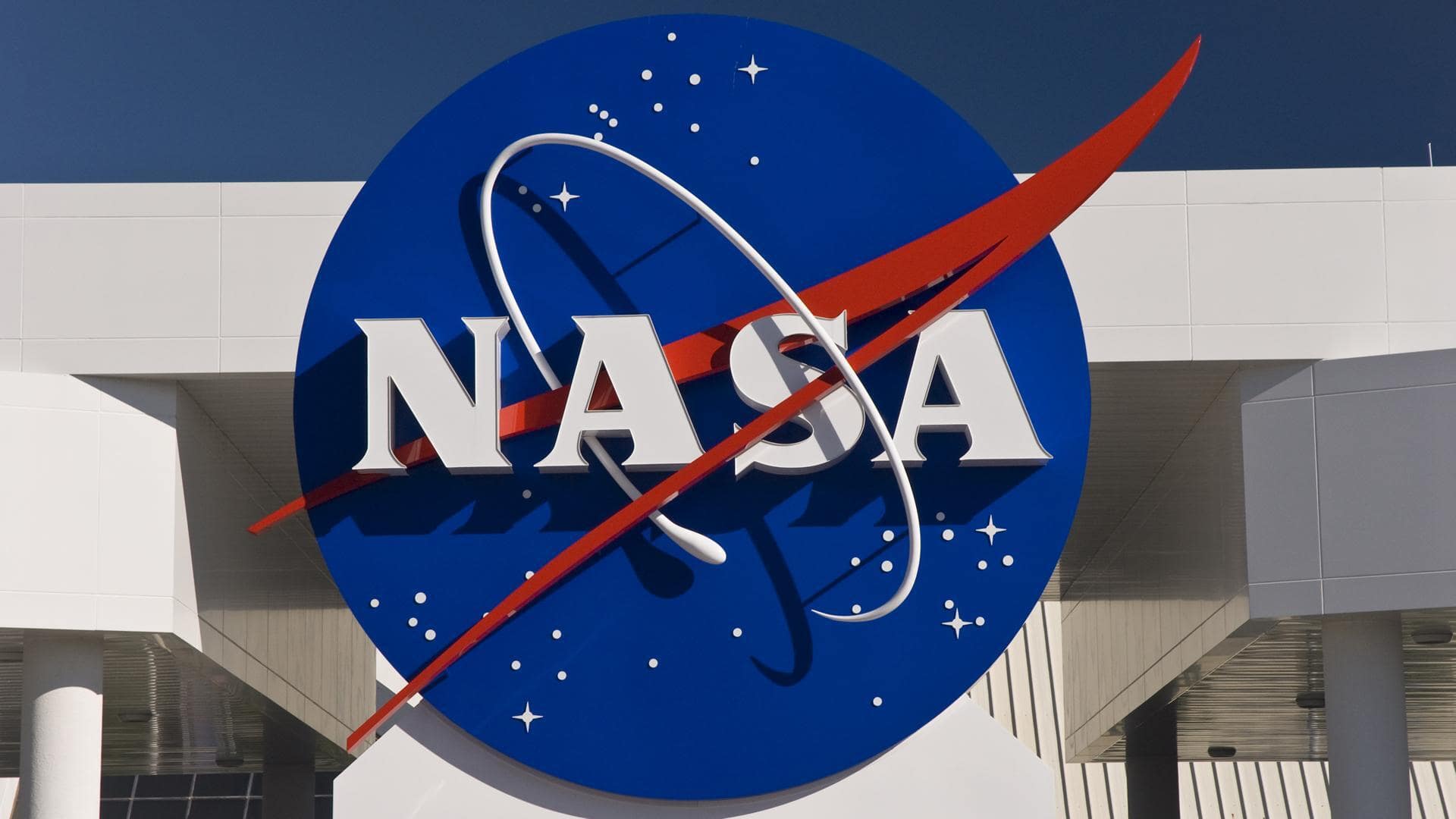
NASA planning $19.5M mission to send artificial 'star' into space
What's the story
NASA is preparing to launch an artificial star into space, in a groundbreaking mission led by researchers at George Mason University. The project, named after late astronomer Arlo Landolt, is set to cost $19.5 million and aims to help scientists calibrate telescopes, and more accurately measure the brightness of stars. The ultimate goal of this mission is to unravel key astrophysical mysteries such as the speed and acceleration of the universe's expansion.
Mission details
Artificial star to aid in creating new stellar brightness catalogs
The Landolt mission plans to launch an artificial light source into space by 2029. This artificial star, with a known photon emission rate, will be observed alongside real stars. The aim is to assist researchers in creating new stellar brightness catalogs. The satellite for this mission will be equipped with eight lasers that will shine on ground-based optical telescopes, enabling more precise observations of the cosmos.
Scientific implications
Potential impact on astronomical understanding
Eliad Peretz, a NASA Goddard mission and instrument scientist involved in the project, stated that "this mission focuses on measuring fundamental properties essential to astronomical observations." He further added that it could potentially change our understanding of stars' properties, their surface temperatures, and the habitability of exoplanets. The artificial star will orbit 35,785km above Earth and appear as a fixed point to telescopes.
Payload development
NIST developing payload for the mission
The National Institute of Standards and Technology (NIST) is responsible for developing the satellite's payload, which will be approximately the size of a breadbox. The artificial star will match Earth's rotational speed and remain stationary over the US during its first year in space. While it won't be visible to the naked eye, this artificial star can be seen through a home telescope.